calsfoundation@cals.org
Nathan Green Gordon (1916–2008)
Nathan Green Gordon was a naval pilot in World War II, Medal of Honor recipient, and lawyer. He served as lieutenant governor from 1947 to 1967, the longest tenure of one person in that office in Arkansas history.
Nathan Gordon was born on September 4, 1916, in Morrilton (Conway County), the second of four children of Edward (Ed) Gordon Sr., a lawyer and one-time state representative, and Ada Ruth Gordon. Noted as “a boy who couldn’t pass up a challenge or a dare,” he showed excellence at a young age. Growing up in Morrilton, he attended public school through the tenth grade before finishing high school at Columbia Military Academy in Tennessee, where he played baseball and football and was salutatorian of his high school class. He began college at Arkansas Polytechnic College (now Arkansas Tech University), where he was all-state in football and baseball and served as president of the senior class. He then transferred to the University of Arkansas (UA) in Fayetteville (Washington County), playing on the school’s 1936 Southwest Conference Championship football team and serving on the Law School Honor Council. During his senior year, he was president of Sigma Nu fraternity and graduated in 1939 with a Bachelor of Law degree.
During Gordon’s senior year, his father became ill and died, and Gordon returned to Morrilton after graduation to continue his father’s law practice alongside his brother Edward Jr. At the advent of World War II, Gordon suspended his young law career after two years.
He volunteered for the Navy V-5 program for pilots and was assigned to Norfolk, Virginia, as part of a new Catalina seaplane patrol squadron, VP-34. He was eventually promoted to captain of his own PBY-5 Catalina “flying boat,” so named for its bulky shape and ability to land on water, and christened her the Arkansas Traveler. He served in the Southwest Pacific theater for more than two years. During his exemplary service, he was awarded the Medal of Honor, two Distinguished Flying Crosses, a Gold Star, an Air Medal with two Clusters, and a Presidential Unit Citation of Merit.
On the night of February 15, 1944, Gordon’s plane was assigned to air-sea rescue duty during an air raid when the first call came in that one of the B-25 Mitchell bombers involved had been shot down by anti-aircraft fire. According to his Medal of Honor citation, “Gordon unhesitatingly responded to a report of the crash and flew boldly into the harbor” of Kavieng in Papua New Guinea, “defying close-range fire from enemy shore guns to make 3 separate landings in full view of the Japanese and pick up 9 men, several of them injured. With his cumbersome flying boat dangerously overloaded, he made a brilliant takeoff despite heavy swells and almost total absence of wind and set a course for base, only to receive the report of another group stranded in a rubber life raft 600 yards from the enemy shore.” Gordon then turned back, setting the plane down “under direct fire of the heaviest defenses of Kavieng” to “take aboard 6 more survivors” before “coolly making his fourth dexterous takeoff with 15 rescued officers and men.” He was one of only six such naval airmen during the war awarded the Medal of Honor.
Gordon was honorably discharged on October 16, 1945, and returned to his home in Morrilton. He married Mary Croom in 1946, though they divorced the following year. In 1948, he married again, and he and his wife, Virginia Gordon, lived in Morrilton until her death in 1995. They had no children.
After the war, Gordon returned to the family law practice, and he soon began his foray into state politics when, in 1946, he ran for lieutenant governor. “I only agreed to run because Lt. Governor was a part-time job,” he later said. Gordon faced Roy Milum in that first primary election and won sixty-two percent of the vote. He was reelected an unprecedented nine more times, serving for twenty years and holding office during the terms of four Democratic governors: Benjamin Travis Laney (1945–1949), Sid McMath (1949–1953), Francis Cherry (1953–1955), and Orval Faubus (1955–1967).
Gordon was a member of the Democratic Party, and his politics were once described as “well to the Right, but not among the Dixiecrats.” He is reputed to have worked as acting governor more times than any other individual in Arkansas history. However, he never took any action in significant or controversial situations, stating, “The Lt. Governor should not act in any matter of real importance except to meet an emergency.” His most notable non-intervention occurred during the 1957 desegregation crisis at Central High School in Little Rock (Pulaski County). He stayed in the shadows, serving as acting governor on September 2 but not taking any overt action during the crisis.
Gordon decided not to run for reelection after 1965, and he returned to practicing law full-time in Morrilton; he was succeeded in the lieutenant governor’s office by another Medal of Honor recipient, “Footsie” Britt. Gordon retired from his practice in 1992.
Gordon died of pneumonia on September 8, 2008, at the University of Arkansas for Medical Sciences (UAMS) Medical Center in Little Rock. He is buried at Elmwood Cemetery in Morrilton. Gordon was inducted into the Arkansas Aviation Hall of Fame in 1980.
For additional information:
Nathan Gordon Papers. Special Collections. University of Arkansas Libraries, Fayetteville, Arkansas.
Williams, L. Lamor. “War Hero, Ex-Statesman Gordon Dies.” Arkansas Democrat-Gazette, September 10, 2008, pp. 1B, 10B.
Cane West
The University of the South

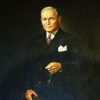

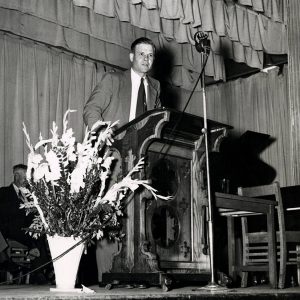
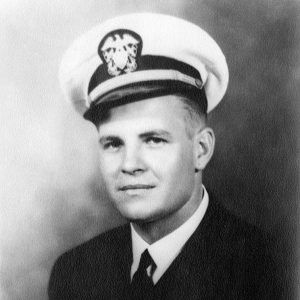
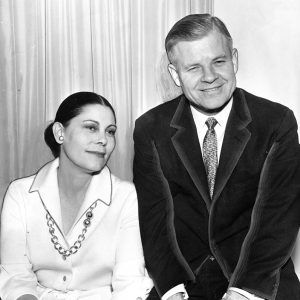

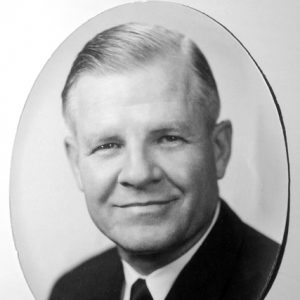
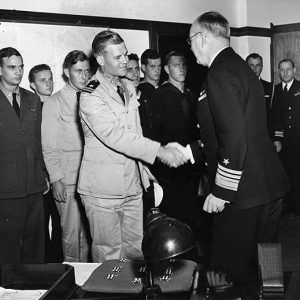





My mother, Nina G. Edwards, was a cousin to Nathan Green Gordon. I never met Nathan Gordon, but my mother had nothing but positive comments about him. I went on to serve my country in honor to my mother and Nathan Gordon. I was proud to be named after him and wear my name as a badge of honor. My son, Taylor Nathan Robins, is serving in the USAR with pride.